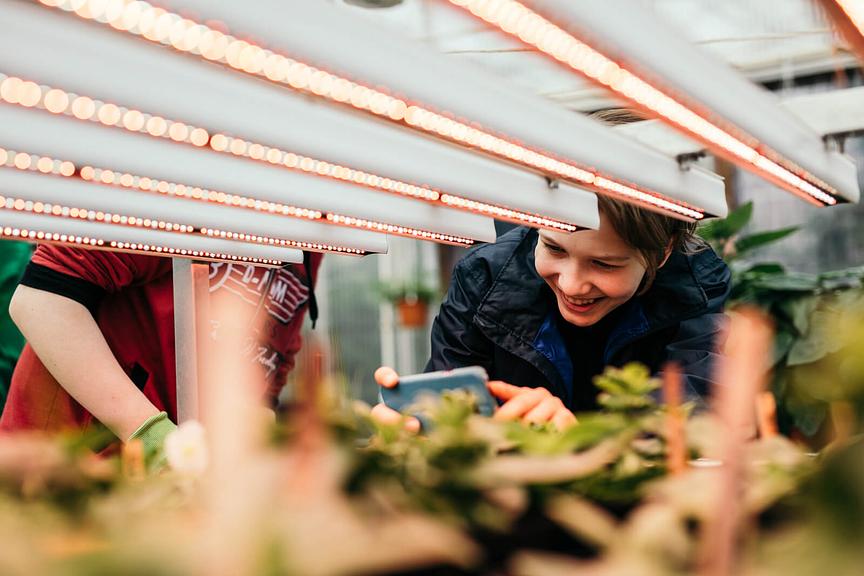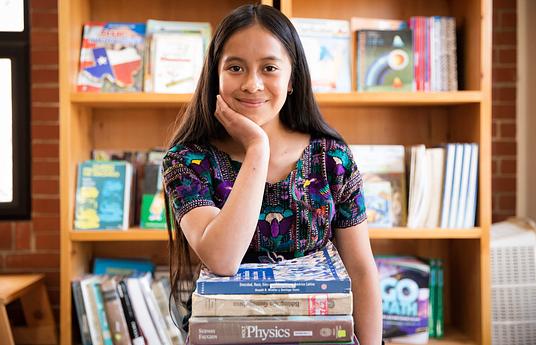A sustainable future means a future that is ecologically, socially and culturally sustainable. Everyone is responsible for building a sustainable tomorrow. We can take part in many ways to secure the wellbeing of our planet and ourselves.
The “Sustainable Future for the Whole School” model explains how you can begin to change the world starting with your own school. Teachers and students become more aware of their own possibilities to make a difference as well as their energy consumption habits, for example.
The theme is carried through the project using a multidisciplinary approach and versatile methods. Students of all ages are encouraged to participate and create their own questions and search the answers to aspects of energy use they find interesting.
The overarching theme is heating, which cuts through the subjects of energy and the different aspects of sustainability. Heat is something that does not only occur through production and innovative energy solutions – it can also occur between two people from a social point of view. This is why cultural and social sustainability are integral to the model during the next school years. The school will launch many initiatives in the fall of 2017 that focus on strengthening the students' cultural identity with different projects concerning the Finland 100 Program. In addition, the students learn to use their strengths to foster wellbeing and learning with the Finnish Huomaa hyvä (“Notice the good”) strength-based pedagogy.
Sakarinmäki Comprehensive School has partnered with Helen Ltd as a pilot school since 2013. The goal has been to experiment with innovative energy solutions and the students and teachers have brainstormed how to utilize them for learning purposes since the inception.
The school worked together with Helen Ltd to update the building's heating system to run with renewable energy sources. About 80% of the school's heating comes from geothermal and solar power after installing a geothermal power system, a boiler, solar panels and thermal energy storage. Due to the use of biofuel, the heating comes from 100% renewable energy sources. The collaboration with Helen Ltd has been fruitful because it has allowed the school to see for themselves how energy is produced.
The heating system and integrating energy issues into their teaching has garnered plenty of positive attention for Sakarinmäki comprehensive school. Renovating the heating system brought the school an honorable mention at the 2013 “Vuoden uusiutuva energiateko” competition (“Renewable Energy Act of the Year Awards.”) The heating system is also nominated in the international District Energy Climate Awards held every two years.


